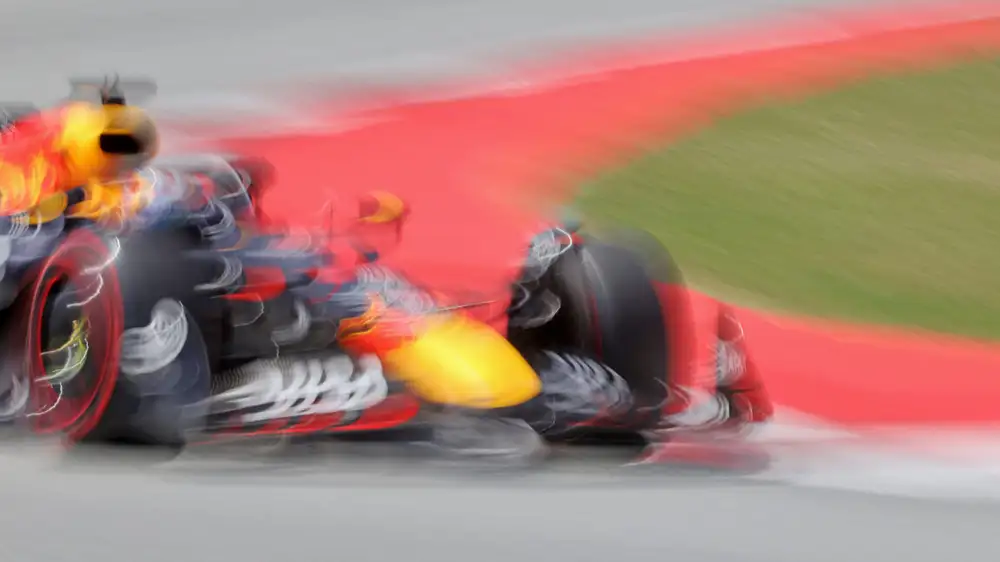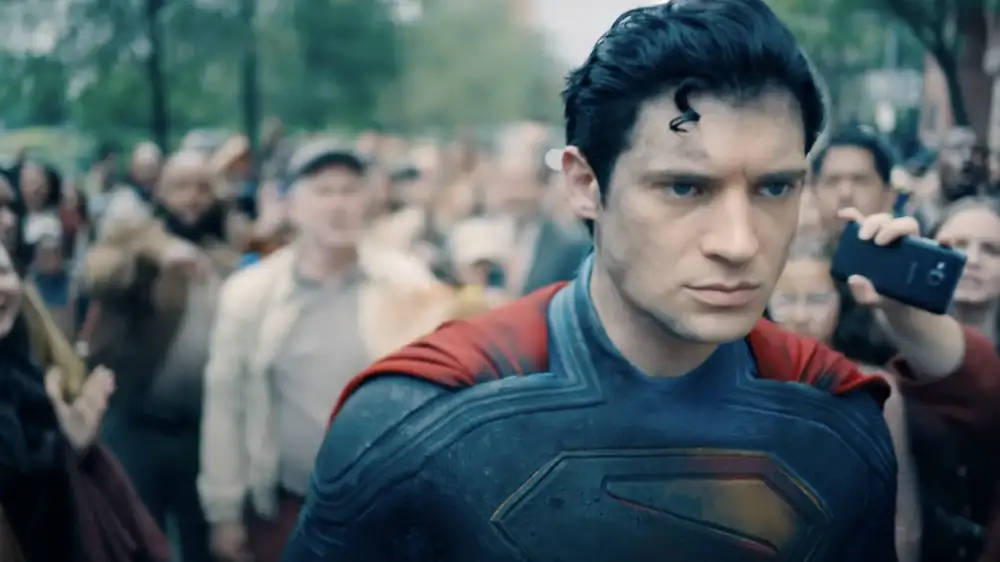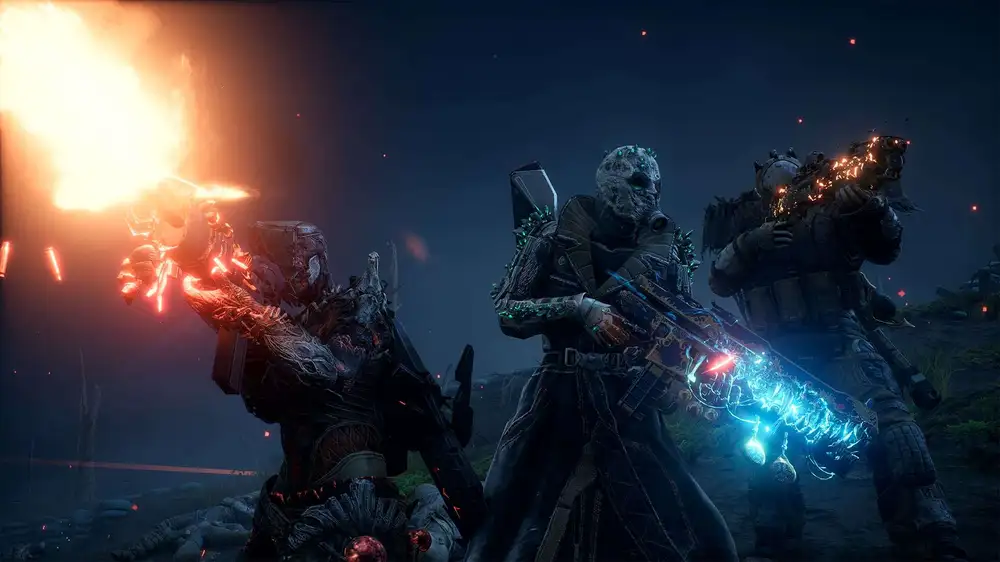Formula 1 held its annual Spanish Grand Prix this past weekend at the Catalunya circuit near Barcelona. It's a good place to test a modern F1 car, as you need great aerodynamics to be fast around here, especially now that the awkward chicanes are gone. You also need good mechanical grip. Races used to be processional here, but the re-profiled turn 10 and the flat-out nature of the last turn have changed all that.
This was to be the weekend of new front wings, the result of a "technical directive" meant to stop excessive flexing as part of the sport's ongoing antipathy toward creatively movable aerodynamics outside a tightly described domain. The competitive order would be reset, some hoped, as their rivals would be forced to give up unfair advantages. In fact, the new wings turned out to be a nothingburger. McLaren's advantage remains, and that was clear on a circuit that tests every aspect of a racing car.
But there's only one story that anyone really cares about after Spain, and it's the one about Red Bull's Max Verstappen. For much of the race, Verstappen held onto third place, behind the too-fast McLarens. This required using one more set of tires than they did, and for his last stint, all that was left for the Red Bull driver was a set of the too-hard compound, giving him little in the way of grip.
With a set of softs or the preferred mediums, the late race safety car restart could have been a chance for Verstappen to step higher onto the podium. Instead, it left him vulnerable to Ferrari's Charles Leclerc and Mercedes' George Russell. A big wobble under power out of turn 13 was expertly saved by Verstappen, leaving no doubt about his otherworldly level of car control. But it also gave Leclerc the chance he needed to get alongside and then past.
Russell was next, at turn 1, giving Verstappen what looked like a dose of his own medicine. The Red Bull was forced to use the escape road and maintained his position before being told by his team to give the place back. Already on the back foot, this was too much, he told his race engineer. "But that's the rules," replied the laconic Gianpiero Lambiase.
Verstappen slowed to let Russell through, then sped up into turn 4, opening up his steering and colliding with the Mercedes. Call it petulance or frustration; it was an inexcusable lapse of judgment from a driver. Using one's car as a weapon against another competitor on track is unacceptable, and the 10-second penalty that Verstappen earned as a result dropped him to 10th place at the end, ruining his own race more than anyone else's.
We all have days we're not proud of, when we don't control our worst emotions. And I think that when he looks back on Sunday, it won't be a Grand Prix that Max Verstappen is proud of.
The post-mortem would have been quite fast, as this year, the teams all have access to a new content delivery system from Globant that provides onboard video, audio, and some telemetry. That means you can really see both sides of an argument to get a little perspective, all through an iOS-like interface. On that note, the Globant team is keen to talk, so if you have any technical questions about how they provide all that data to the teams at the track, please drop them in the comments, and we'll address them in a separate article.
Sadly, Verstappen is not the only multiple-time world champion to succumb to such behavior. Michael Schumacher, Ayrton Senna, and Sebastian Vettel have 14 championships between them, and each blotted their copybooks on more than one occasion. Don't think it's required to get to the top, though; I've never once seen Lewis Hamilton lose it like that, and it will be a while before anyone has as many wins as Sir Lewis.
The ironic thing is that the race stewards, in their judgment on Verstappen's move, note that they wouldn't have actually required him to give the place back to Russell. Red Bull's abundance of caution triggered the whole thing.
What else?
Nine races into the season, several drivers continue to struggle with their new teams. Hamilton at Ferrari is going less well than any of us hoped. While there is no Grand Prix driver in modern times as accomplished, is it fair to ask if he's just not well-suited to these ground effect cars? Sebastian Vettel similarly went from dominating the sport to being made to look a little ordinary after a big technical rule change in 2014, one that ushered in Hamilton's period of winning everything in sight until 2022 changed it up once more.
Verstappen's teammate Yuki Tsunoda is fairing no better than any of his Red Bull predecessors, and he might just be wishing for a return to the more forgiving Racing Bull car. Pundits will tell you that Red Bull was right to develop its car toward such a knife edge that only the world's very best driver can get the lap time out of it because the team's job is to make the fastest car.
I question that. If the goal is to win the constructors' championship, then the onus is on the designers to create a car that will bring home the maximum points from both cars, not just one. Team bonuses for designers, mechanics, engineers, and so on are all tied to the team's finishing position in the constructors' championship. Fans care about the driver's championship, and drivers care about the driver's championship. But teams care about the constructors' championship, and to win one of those, you need both your cars to score well all the time. Someone might need to explain that to Red Bull.

 Insider reveals James Gunn’s Superman needs to break a major box office record
Insider reveals James Gunn’s Superman needs to break a major box office record